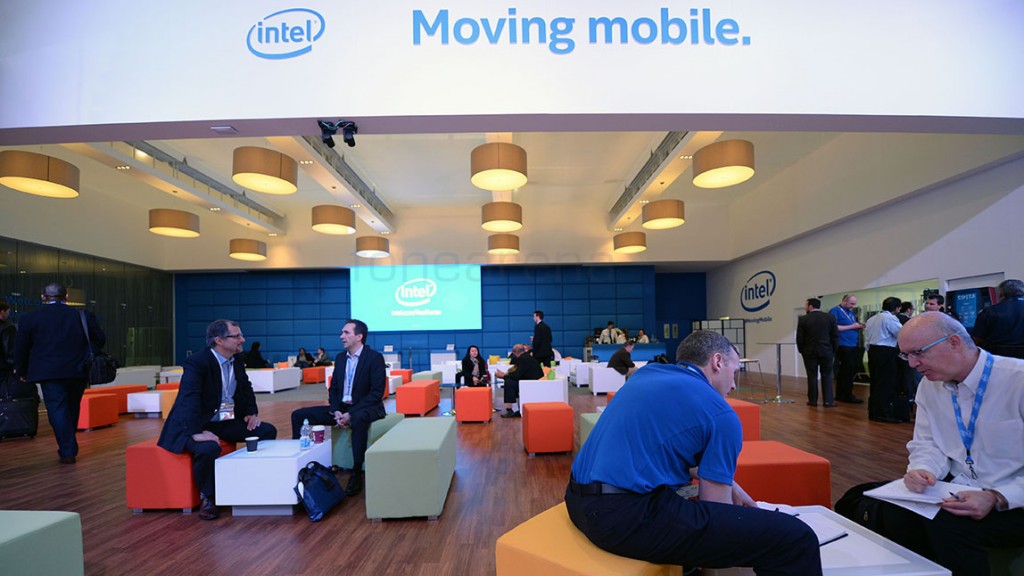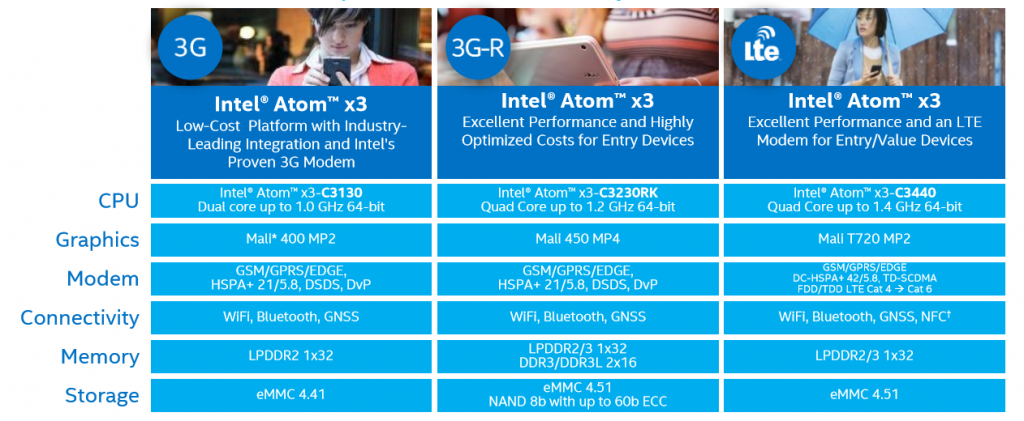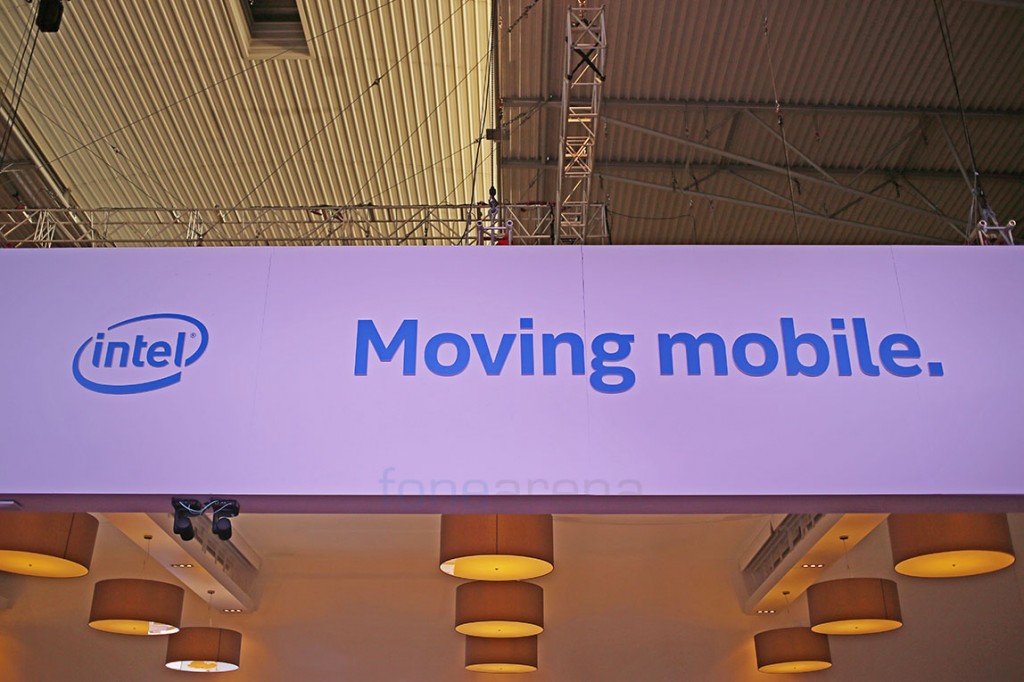Intel might not have made big splashing headlines at the Mobile World Congress this year, but the PC giant is finally getting its products in line for a mobile-first world. We were at the Intel booth to check all the new announcements that were made during the show. One of the major ones was the Intel Atom X3 processor, the first fully integrated mobile solution from the company.
Integrating a network chip along with the application processor, Intel is now on par with the other mobile chip manufacturers who have been offering these types of solutions for a while. The Atom X3 comes in different processor variants, potentially spanning across devices in the low to mid range, in terms of pricing.
The C3130 is a dual core single SIM variant, while the faster C3230 is a dual core dual SIM variant. The most important one though, is the LTE-enabled X3-C3440, which is a full five-mode solution that offers connectivity solutions for most networks of this world.
The dual core single SIM solution comes with a 1.0 GHz processor, a Mali 400 MP2 GPU and a HSPA+ modem, while on the other hand, the dual SIM one comes with a faster processor at 1.2 GHz, Mali 450 MP4 GPU and the same HSPA+ modem, but with support for two SIMs of course. The quad Core LTE variant comes with an even faster 1.4 GHz processor, the Mali T720 MP2 GPU, support for FDD/TDD LTE, HSPA+, TD-SCDMA and GPRS/EDGE.
The LTE variant, which will be out later this year, will also support Windows 10, apart from Android. This is obviously Intel’s biggest bet in mobile in the recent years, so they had demos at their booth, showing off various features of this chipset. First up was the FDD LTE Cat 6 capability, which provides a throughput of 300 Mbps, simulated in a near-reality setup, with a base station and so on. The next demo showed VoLTE calling, a feature that networks and mobile manufacturers alike are looking towards, for the next generation of calling. The third demo, in which Intel was showing us the TDD LTE Cat.4 speeds, in a real-time network simulation with data traffic, was meant to showcase the fact that the C3440 is indeed, five mode. The first demo was FDD, so having everything in the same chipset bodes well for the Intel, which has been traditionally PC-only.
And finally, the last demo was of live broadcasting over LTE, powered by the Intel XMM7260 modem, which is the one that’s embedded in the C3440 chipsets. LTE broadcast is typically the same as Satellite broadcasting, but the medium here is different, with the available bandwidth in 4G LTE networks being taken advantage of. The demo had a live broadcast from the Ericsson booth, and a couple more looping videos that were broadcasted in live, to show that LTE broadcast is indeed possible, on the C3440 chipset. We were told that mobile operators are already in the process of testing it on ground.
In the end, the demos were all about Intel growing up to compete with the mobile giants. The Mobile World Congress is the most important show for the industry, so it seems like they have chosen the right stage to show that they are now, not years behind, but barely months, in having competent products that could buy them more space in mobile. This is how Intel is “Moving Mobile”, which certainly has other implications too. We’ll be checking the others out soon, but until then, let us know if you have any questions in the comments section below.






